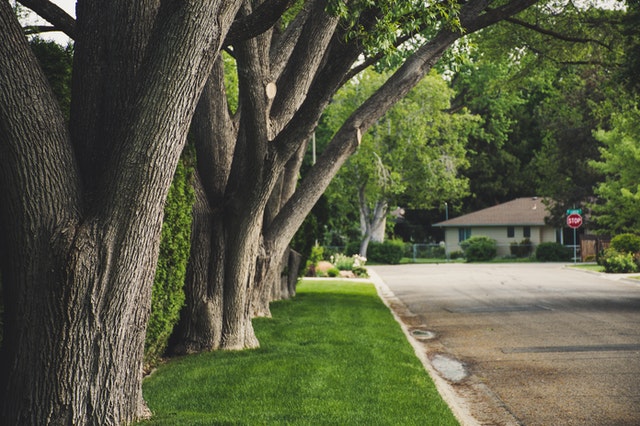Table of Contents
ToggleCalifornia Through Children’s Eyes
This is an excerpt from the Book called “The California Trall “. Continue reading to learn more about California Through Children’s Eyes, thanks to the author.
Through Children’s Eyes
By Sandra Weber
Illustrated by mark Mitchell
Young pioneers on the California trail faced dangers and hardships, but they had fun, too. “To me the journey was a ‘ pleasure-trip’, -so many beautiful wild flowers, such wild scenery, mountains, rocks, and streams- something new at every turn,” recalled Sarah Ide, who made the trip west in 1845.
Along the trail, children enjoyed the first time they set eyes on prairie dogs, buffalo, Indians, Chimney Rock, and cactus, among other encounters. Sarah also had the thrill of riding her own pony and herding cattle.
While on the trail, small children rode inside the wagons. Some were stowed in saddlebags. The first child to cross the Sierra Nevada Mountains into California was carried in her mother’s arms: Ann Kelsey, of the Bidwell-Bartleson party of 1841, was only six months old.
Five years later, thirteen-year-old Mary Murphy tried to walk across the snowy mountains, but “the snow was soft to our neck.” Seven-year-old Benjamin Bonney walked barefoot on the plains in 1844. Later he recalled “how we limped across the desert, for we cut the soles of our feet on the Prickly pears.”
Even on the trail, children did chores. They milked cows and tended livestock. In the evening, the children gathered sagebrush and buffalo chips to fuel the cooking fires. Younger members of the Stephens party shot wild ducks, geese, sage hens, antelope, and deer.

After the work was done, “we waded the creek, made mud pies, and gathered poises, “wrote Eliza Donner. Sometimes the older girl’s would invite little children to sit behind them on their horses, “and away we would canter with the breeze playing through our hair.”
Some children sent letters top relatives. Virginia Reed, age twelve, wrote her cousin Mary from Independence Rock: “paw treated the company and we all had some lemonade. maw and pau is well and sends there best love to you all.”
Not everything was always “well,” however. Benjamin Bonney said that there was a good deal of sickness at Fort Sutter and “a large number of the natives died as well as some of the emigrants, mainly children.” Another danger was the possibility if falling off a wagon and getting run over by its wheels. One of the Donner wagons tipped over while going down a hill. It landed on Eliza and Georgia, but luckily, they were not hurt.


One day, thirteen-year-old Edward Breen was galloping along on his saddle pony when it stepped into a prairie dog burrow. Edward tumbled to the ground and broke his left leg. A mountain man took out a meat saw and prepared to cut off the leg. Edward screamed and stopped the man. The leg healed in a few weeks.
As traveling parties moved farther west, food supplies dwindled. Parents did whatever they could to feed their children. Two men stole food from the Fort Hall trading post. Some families ate animal hides that were boiled to soften them until they jelled into a “pot of glue.”
It is quite possible that the Donner-Reed party suffered the worst. Virginia Reed wrote, “we had to kill little cash the dog & eat him.”
But despite some horrible situations, the children found moments of delight. Little girls “used to fill the pretty porcelain tea-cups with freshly fallen snow, daintily dip it out with teaspoons and eat it, playing it was custard.” Patty Reed held onto a wooden doll and a lock of her grandmother’s hair to remind her of happier times.
When they finally reached California, emigrants found good weather and food. “The ground was covered with fine green grass and there was a very fat beef hanging from the branch of an oak tree,” wrote John Breen, age fifteen. “The birds were singing… and the journey was over.”



